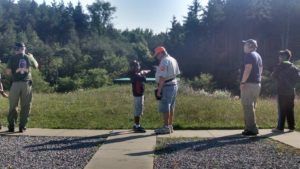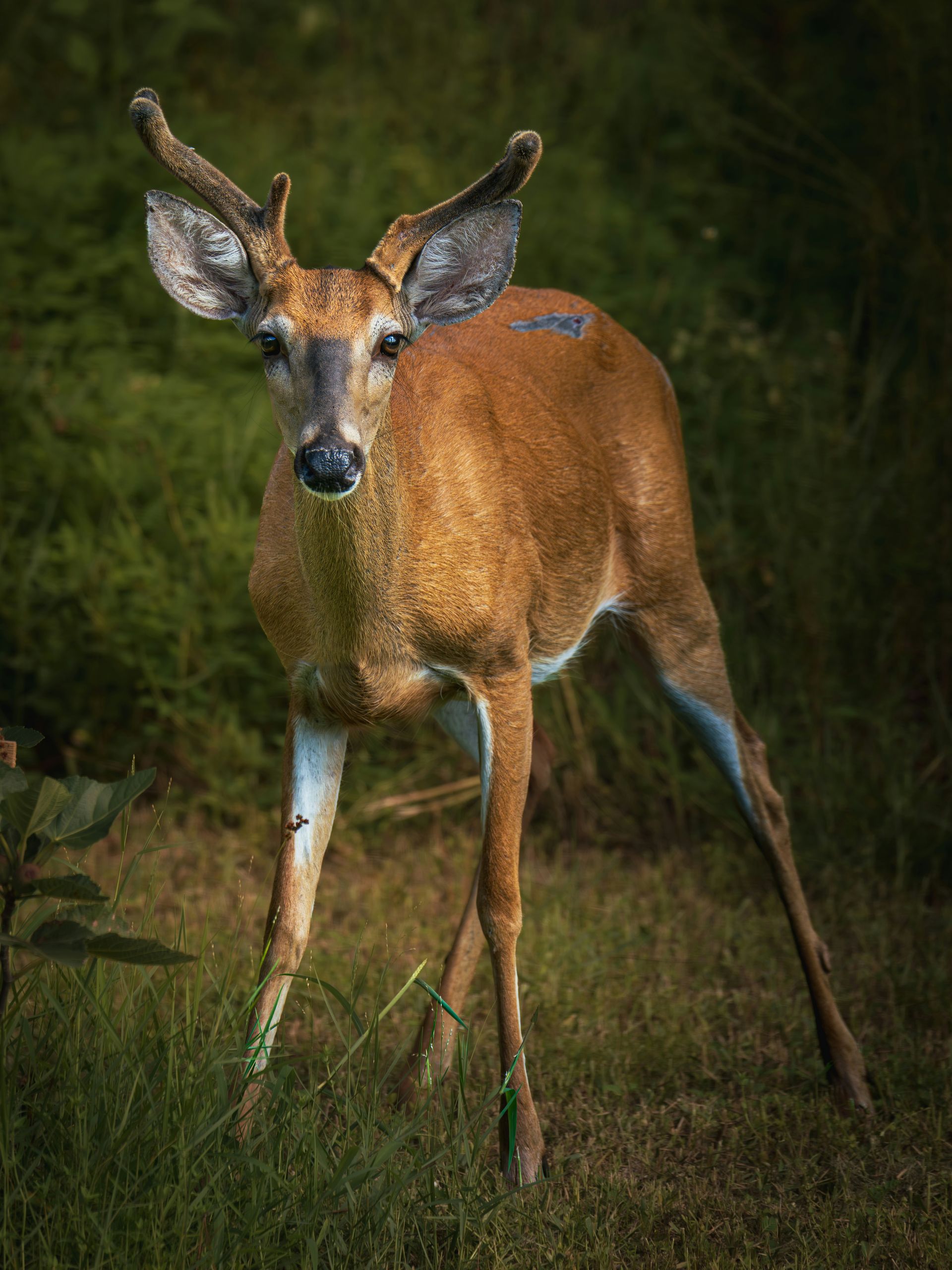Summer Range Time
Getting kids involved in shooting sports is a great way to start their hunting careers. Small game, waterfowl, and deer are three types of hunting youngsters can become involved with. Each requires a different skill set in regards to the style of shooting. Summer is the perfect time to get a kid outside and show them all of the variety Michigan has to offer when it comes to different ways of taking part in the shooting sports. With several public DNR ranges located throughout the state, there are many opportunities to get kids out on the range. There are seven public ranges operated by the DNR and for more information visit this link https://www.michigan.gov/dnr/0,4570,7-350-79119_79149—,00.html.
On top of a trip to one of the shooting ranges an important factor to keep in mind when connecting youth to firearms is safety. I would highly encourage having your child attend a Michigan Hunter Education Class. This course covers safe and responsible firearm handling as well as a mandatory range day where they will have the chance to try out a variety of different firearms. Class locations and times are listed here https://www.michigan.gov/dnr/0,4570,7-350-79135_79215—,00.html.

Exposure to a variety of firearm opportunities is a good way to allow youth to feel safe and comfortable in the shooting sports. If you have a youngster who is interested in hunting for small game, getting a .22 rifle in their hands can be a great way to capture their interest. At the Michigan Out-of-Doors Youth Camp, our young shooters thoroughly enjoy learning about the basics of safe and responsible firearms and target shooting while spending hours plinking away on our .22 range.
Once they have spent sufficient time on the .22 range and feel they are confident with that rifle they have the opportunity to go on a field trip. The field trip takes them to Chelsea Rod and Gun Club where the action really heats up. At the local rod and gun club, the shooters have a chance to try a different type of target practice. The campers have the opportunity to knock down some moving targets on the trap ranges. Here the shooters are using youth model 20 gauge shotguns, which allow them to get a new feel compared to the .22s and provide a good comparison for the type of hunting they would experience if they were going hunting for upland birds or waterfowl. The moving clay pigeons are a great way to increase the challenge level for the shooters and really help to peak their interest.

The third type of shooting exposure our campers receive is also courtesy of Chelsea Rod and Gun Club. After the trap range, we head to the 100 yds. rifle range. Here we work with volunteers who provide some larger caliber rifles for the youth. In the past, our shooters have had the opportunity to experience shooting with historic M1 Garands, as well as modern deer hunting rifles. Having the chance to shoot pieces of history is something special for the kids; it also gives them an idea of what the heavy caliber rifles feel like, and how they can be used effectively when pursuing big game like white-tailed deer.
Kids love to head out to the range and shoot. They can spend hours blasting away on the range if you have the ammo supply for them. Getting them involved and exposed to the many different types of firearms allows them the chance to have new experiences, and helps them decide what they might become interested in hunting for.
One thing to keep in mind when working with young shooters is what they want. After getting some feedback from our campers, it seems reasonable. Our shooters wanted guns that fit their dimensions, are easy and safe to shoot, and have plenty of cool factor! Keep these four things in mind and you will have a range partner for many years to come.
The post Summer Range Time appeared first on Michigan United Conservation Clubs.
Recent Posts



